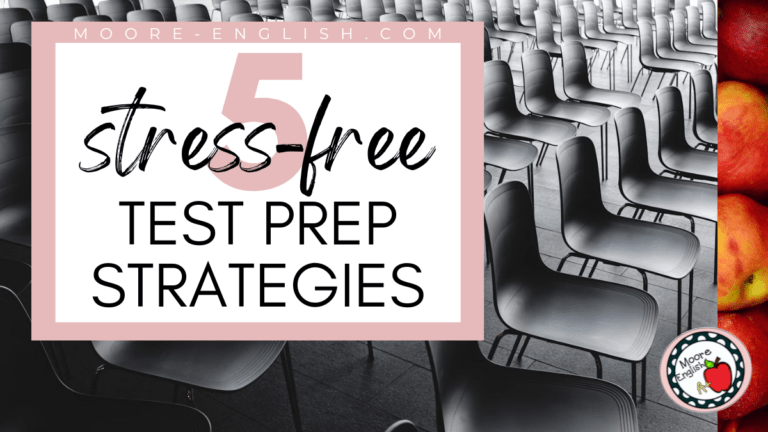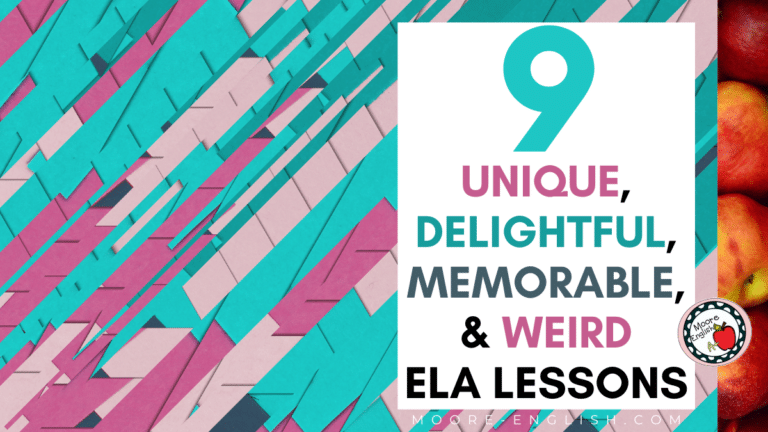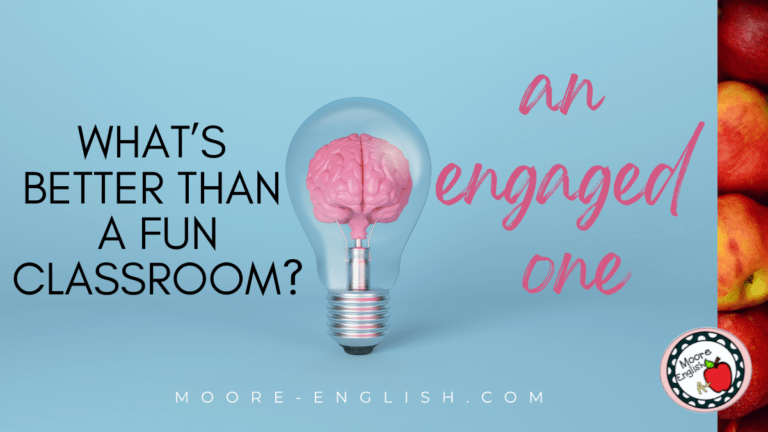Earlier this week, ASCD published an issue focused on the Schools Teens Need. This included math teacher Jody Marberry’s article “Here’s What Teens Say They Need.” As I was reading this article (among others), I began to think of how teachers can help students meet their needs.
This post this post may contain affiliate links. Please read the Terms of Use.
Meeting Individual Student Needs
First, Marberry found that students want to be known and treated as individuals. Teachers absolutely should know students’ unique interests, strengths, and goals. Here are some ways to engage students as individuals:
- Help students set unique, personal goals based on their interests, strengths, and needs. Engage students in individual conversations about their growth. My favorite goal sheet is here.
- To begin, take some time to read student writing, especially at the beginning of the year. “Hearing” a student’s written voice is a great way to begin to understand students as individual learners. My favorite writing strategies are here.
- Celebrate student successes! Providing students with an opportunity to shine communicates how interested you are in student growth! Further, celebration can also help you emphasize growth over grades.
- When you analyze test data, consider individual scores as well as holistic scores. As teachers, we know numbers aren’t people, but they can provide insights into students. From data, teachers can sometimes determine student-specific interventions and correct misconceptions. Learn more about data here.
Providing Access to Resources
According to Marberry, students also want easy access to resources. Some resources are academic, but some resources are interpersonal. Here are some ways to provide students with access:
- First, technology like Google Classroom or Collaborative Google Slides can provide students with easy access to classroom materials.
- The school library can also provide students with access to tangible resources and with expert advice on conducting research. My favorite tool for research is here.
- Further, part of longing for access is a desire to know. Students want to know where to go and what to do. They are also looking for structure and a degree of predictable consistency. Teachers can provide this with procedures and high expectations. Find classroom management inspiration here.
- Additionally, school “between spaces” can provide students with access to adults who are willing to listen. The flexibility of “between spaces” can often give students access to the grace they need. Read more about developing school climate here.
- Similarly, teachers that are well versed in hallway conversations can act as a resource for students. Providing students with a place to be vulnerable can often allow for growth. Learn more about growth mindset here.
Creating Authentic Work
Next, Marberry points out that students “know when an assignment is busy work.” Nothing is more disingenuous. And making these kinds of instructional choices also compromises relationships. Authentic work resonates with students because it is relevant work. Students recognize that we don’t exercise skills in isolation, so working on synthesis-level thinking is key. In the ELA classroom, teachers can build in synthesis thinking with these options:
- Teaching Literary Criticism
- Incorporating Book Mapping into Instruction
- Teaching at the Intersections of History and Literature
Of course, the greatest opportunity for synthesis is to help students connect with their work. For an English teacher, this means choosing relevant texts and topics, including:
- Is the American Dream Dead?
- Corners of Culture: How Culture is Made
- Will witch trials happen in your lifetime?

Meeting Student Needs for Interaction
Interaction is a human imperative, and learning cannot happen in a vacuum. As teachers design instructional experiences, we should how to plan for student interaction and collaboration.
- First, intentional planning is key to instructional experiences, and building in time for verbal processing is a great way to promote interaction in the classroom.
- Second, classroom competitions also provide students with opportunities to interact within the “safety” of prescribed roles.
- Third, technology can also aid collaboration, and using Collaborative Google Slides is one of my favorite ways to encourage students to work together.
Allowing Students to Fail
Of all the information in Marberry’s article, I was most moved by her finding that “teens want the opportunity to fail.” How do educators create an environment that allow students to experience productive risk taking?
- First, it’s important for teachers to resist perfection. Students, like teachers, are not perfect, and any message that emphasizes perfection does more harm than good.
- Rather than emphasize perfection, teachers should help students focus on progress. Student-established goals are a great avenue for helping students take productive risks.
- Finally, it is important to help students learn from mistakes. Failure should be an opportunity for growth and reflection. But this is a mindset that require cultivation, so start the language of growth mindset and productive risk taking early on.
Epilogue: Meeting Relationship Needs
At the end of the day, relationships are central to all Marberry’s propositions. When teachers know their students, we see and treat students as individuals. By building relationships with students, teachers know where, when, and how to provide access to resources. Relationships allow teachers to design authentic, interactive work that encourages students to challenge themselves even if the challenge may result in failure. More than anything, teens need teachers willing to build meaningful relationships.


Photo by Debby Hudson on Unsplash






